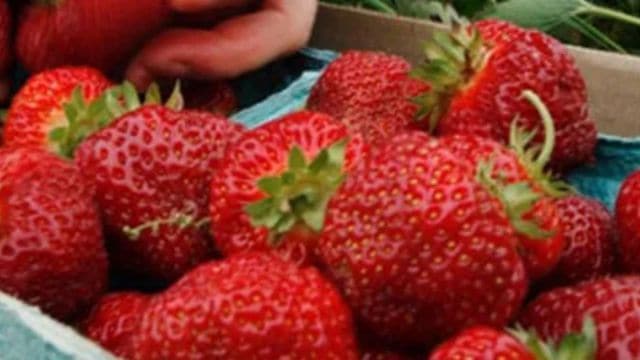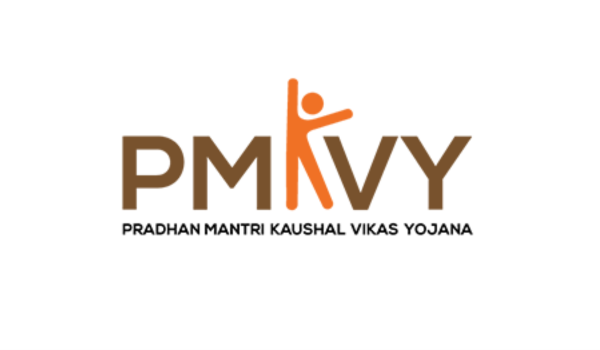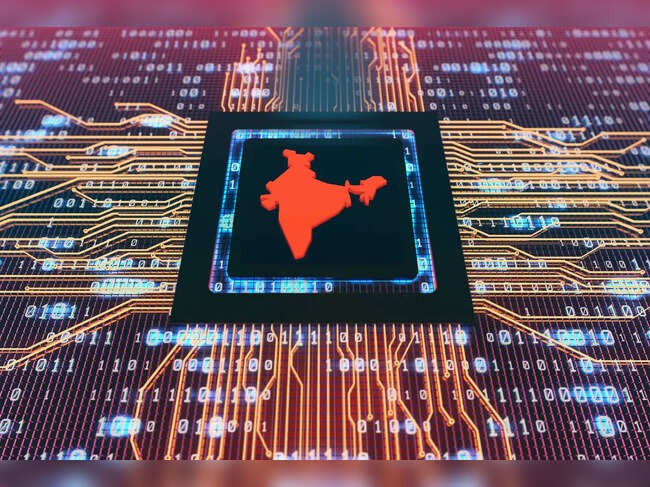



India's agricultural output shows a significant shift: GVO for strawberries, pomegranates, and meat has surged, while cereals have declined. This reflects changing food habits, rising incomes, and a move towards high-value crops, spices, and animal products. The data indicates a structural transformation in Indian agriculture and evolving consumer preferences.

Copyright infringement not intended
Picture Courtesy: INDIAN EXPRESS
Context:
The Ministry of Statistics and Programme Implementation (MoSPI) report indicates a structural shift in agricultural output and consumption patterns over the last decade.
|
Gross Value of Output (GVO) It is a measure of production that refers to the total value of all goods and services produced by a sector (in this case, agriculture and allied sectors) before deducting the cost of inputs used in that production. It reflects the total economic activity and production volume within a specific agricultural segment. The report analyzes GVO at constant prices (adjusting for inflation) to show real growth over time. |
The MoSPI report, 'Value of Output from Agriculture and Allied Sectors', indicates a clear shift in agricultural production.
Products with Increase in GVO
Fruits
Condiments and Spices
Meat
Products with Decreasing Share in GVO
Cereals => The share of cereals in the GVO of agriculture and allied sectors significantly declined from 17.6% in 2011-12 to 14.5% in 2023-24.
Farmers are shifting from cultivating traditional staple crops like cereals to growing more remunerative high-value crops such as fruits, vegetables, and spices.
What are the driving Factors?
Changing Consumer Preferences => As incomes rise, people diversify their diets, demanding more fruits, vegetables, and protein-rich foods like meat.
Market Opportunities => Growing urban demand and better supply chains create new market opportunities for high-value agricultural products.
Technological Shifts => Advancements in farming techniques, storage, and processing (e.g., for dry ginger) support the cultivation and marketing of these perishable goods.
Policy Orientation => Government policies are focusing on nutritional security (promoting diverse diets) and tapping into the export potential of high-value agriculture.
|
Engel's Law Engel's Law states that as household income increases, the proportion of income spent on food decreases, even if the absolute amount spent on food rises. The recent report shows a fall in the share of food in total MPCE:
|
Must Read Articles:
New Agriculture related schemes
Source:
|
PRACTICE QUESTION Q. Critically assess the various government policies and schemes aimed at promoting agricultural research and development in India. Are they adequately addressing the evolving needs of the sector? 250 words |









© 2026 iasgyan. All right reserved